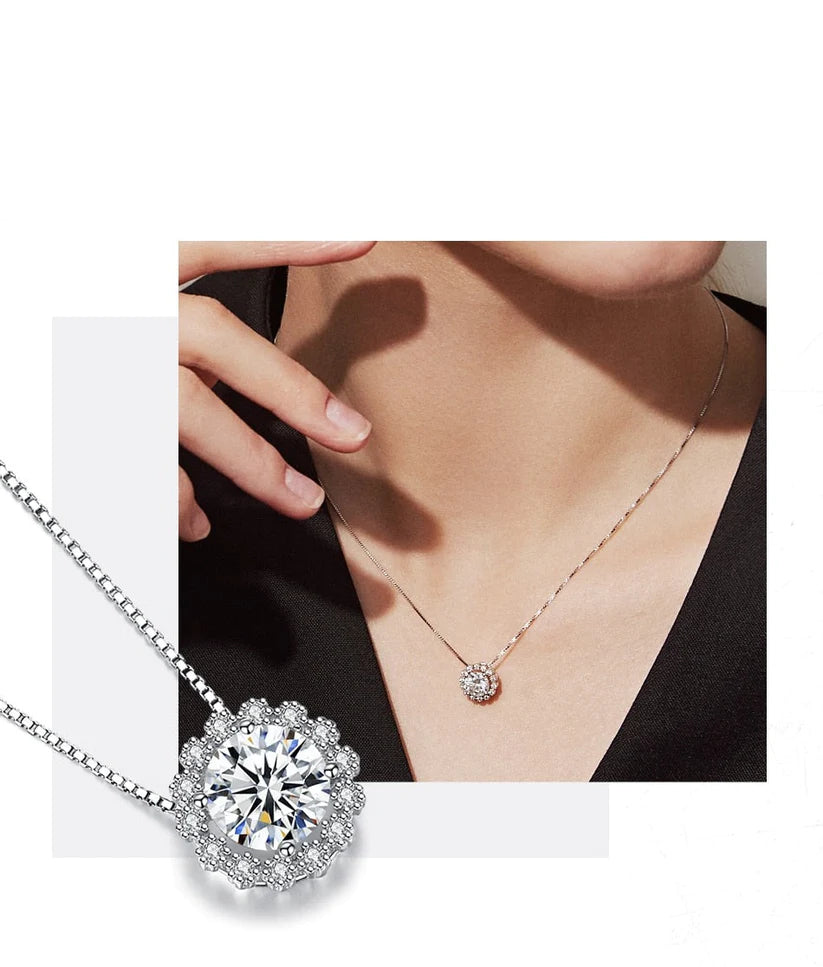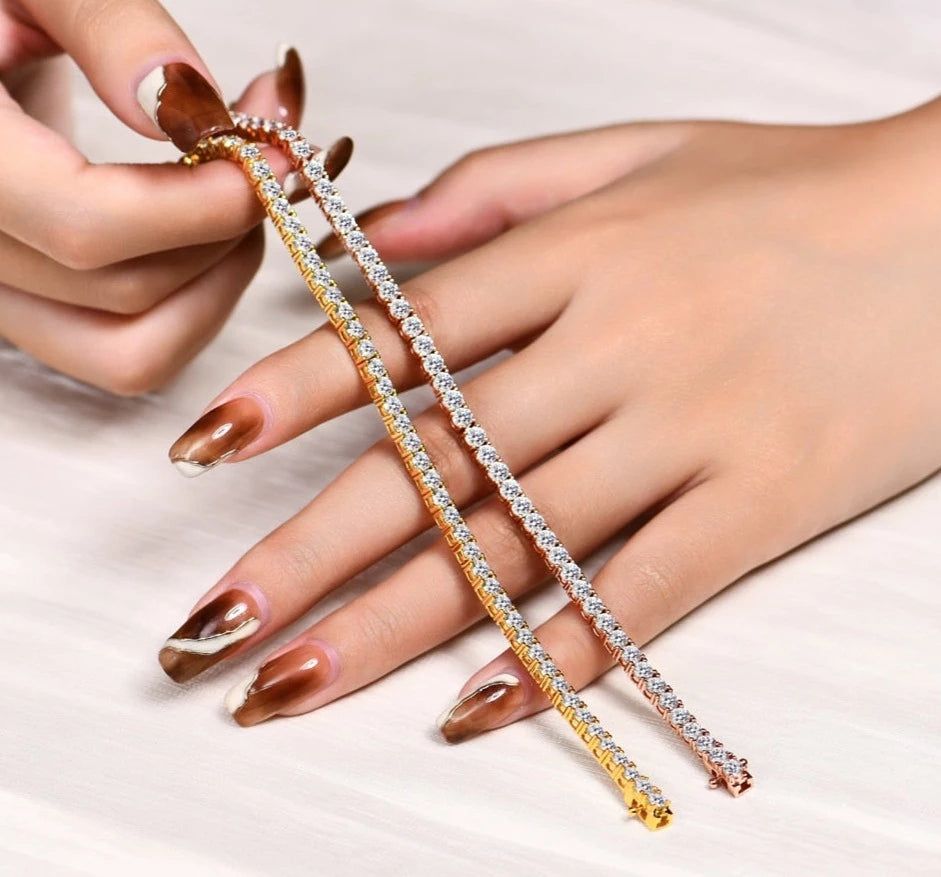
Is Moissanite a Lab Diamond?
Moissanite is not a lab diamond, moissanite is a lab-grown gemstone that resembles a diamond. Whilst natural moissanite does occur it is extremely rare in nature, and the vast majority of moissanite used in jewellery is created through a laboratory process known as the "high-pressure, high-temperature" (HPHT) method or the "chemical vapor deposition" (CVD) method. Lab-grown moissanite is known for its quality, durability, and eco-friendly characteristics. It is a popular alternative to traditional diamonds due to its similar appearance, brilliance, hardness, and cost-effectiveness.
Image: Lab Diamond (Left), Moissanite (Right), Photo Lauren B Jewelry
Moissanite vs. Lab Diamonds
Whilst moissanite and lab diamonds are both lab-grown, they have different compositions, hardness levels, colours, and price points. Moissanite offers unique fire and is generally more affordable, while lab diamonds closely resemble natural diamonds in composition and offer the highest level of hardness and durability. The choice between the two ultimately depends on personal preference, budget, and desired characteristics.
Moissanite and lab diamonds are both popular alternatives to natural diamonds, each with their own unique features and benefits.
The Benefits of Moissanite
1. Sparkle and Brilliance:
Moissanite exhibits exceptional brilliance, fire, and sparkle. It has a high refractive index, which means it reflects light extremely well, creating a dazzling display of rainbow-colored flashes. Moissanite's brilliance can even surpass that of a diamond.
2. Affordability:
Moissanite is generally more affordable than both natural diamonds and lab-grown diamonds. It offers an excellent value for those seeking a beautiful and durable gemstone without the high price tag associated with diamonds.
3. Durability:
Moissanite is an incredibly durable gemstone. It ranks 9.25 on the Mohs scale of hardness, making it one of the hardest gemstones available, second only to diamonds. It is highly resistant to scratches, chips, and fractures, making it suitable for everyday wear and a long-lasting alternative to diamonds.
4. Ethical and Environmentally Friendly:
Moissanite is a lab-created gemstone, which means it is produced in controlled laboratory environments rather than being mined from the Earth. As a result, moissanite has minimal environmental impact and avoids the ethical concerns associated with diamond mining, making it a more sustainable and socially responsible choice.
5. Availability and Consistency:
Since moissanite is created in a lab, its availability is not limited by natural scarcity. It can be produced in large quantities and offers consistent quality, color, and clarity. This ensures that you can find the perfect moissanite gemstone for your desired specifications without worrying about variations or rarity.
6. Size and Carat:
Moissanite allows you to get a larger gemstone for your budget compared to a diamond. Moissanite's price-per-carat is significantly lower, meaning you can opt for a larger stone without compromising on quality or beauty.
7. Colour Options:
While diamonds are prized for their lack of colour, moissanite offers a range of colour options, including near-colourless and fancy-coloured stones. This allows for greater customization and the ability to choose a moissanite gemstone that fits your personal preferences.
The Benefits of Lab Grown Diamonds
1. Ethical Sourcing:
Lab diamonds are created in a controlled laboratory environment, which eliminates the ethical concerns associated with diamond mining. They are a more socially responsible choice, as they do not contribute to environmental damage, human rights issues, or conflicts related to the diamond industry.
2. Environmental Friendliness:
Lab diamonds have a significantly lower environmental impact compared to mined diamonds. Diamond mining involves land disruption, water pollution, and energy consumption. In contrast, lab-grown diamonds require fewer resources and produce fewer carbon emissions, making them a more eco-friendly option.
3. Quality and Purity:
Lab diamonds are created using advanced technology that allows for precise control over their growth conditions. This results in diamonds with excellent quality, clarity, and color consistency. Lab diamonds can achieve the same standards of the 4Cs (cut, clarity, color, and carat) as natural diamonds.
4. Affordability:
Lab diamonds are often more affordable than natural diamonds but are not as affordable as Moissanite. The cost of mining, rarity, and market forces influence the price of natural diamonds, while lab diamonds can be produced in larger quantities, reducing their price. This makes lab diamonds a cost-effective choice for those looking for a diamond-like gemstone at a more accessible price point.
5. Variety of Colours:
Lab diamonds can be created in a wide range of colours, including fancy colours such as blue, pink, and yellow. This provides more options for personalization and allows individuals to choose a diamond with their desired colour hue.
6. Availability and Consistency:
Lab diamonds are readily available and not subject to the limitations of natural diamond supply. They can be produced in a controlled manner, ensuring consistent quality and availability for those seeking a specific size, shape, or design.
7. Conflict-Free:
Lab diamonds are guaranteed to be conflict-free. Their origin and production process are transparent, ensuring that they are not associated with any unethical practices or funding conflicts.
Why are Lab Diamonds more expensive than Moissanite?
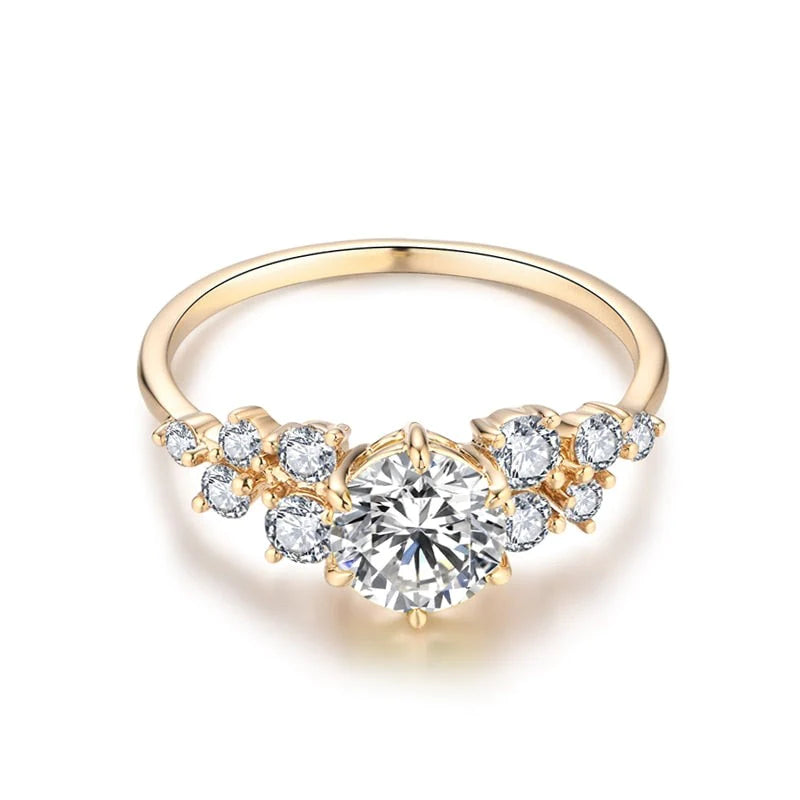
Production Process: Moissanite vs Lab Diamonds
The production process of lab diamonds is more complex and costly compared to moissanite. Lab diamonds are created through high-pressure, high-temperature (HPHT) or chemical vapor deposition (CVD) methods that require advanced technology, precise control of growth conditions, and significant energy consumption. This contributes to the higher production costs associated with lab diamonds.
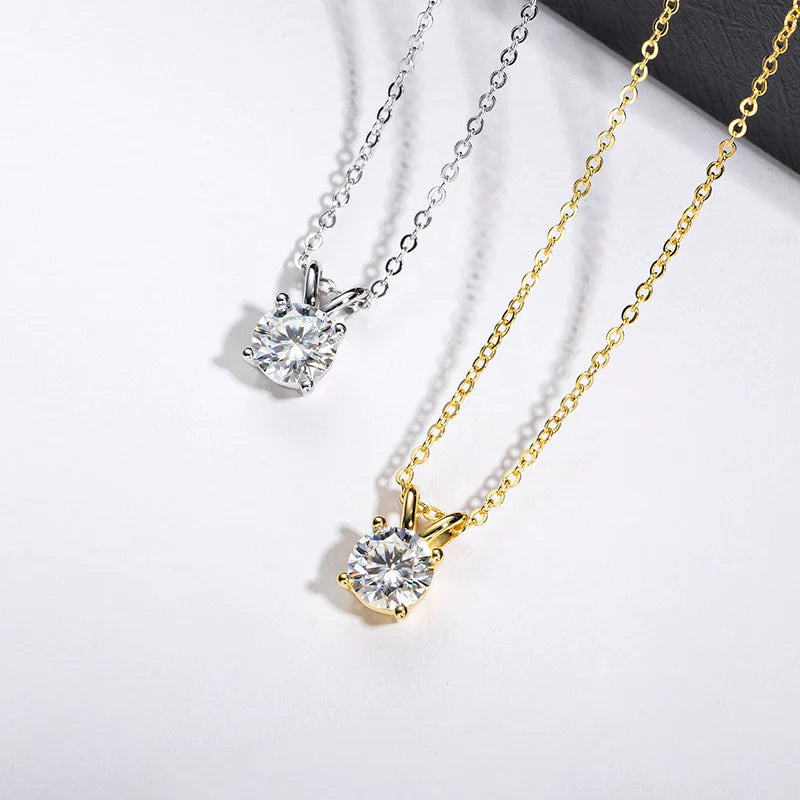
The perception of rarity
Rarity Perception: Natural diamonds have been highly valued and sought after for centuries, and this perception of rarity and exclusivity still influences the diamond market. Lab diamonds, despite being physically and chemically identical to natural diamonds, are relatively new to the market. The perception of rarity associated with natural diamonds can contribute to higher prices for lab diamonds compared to moissanite.
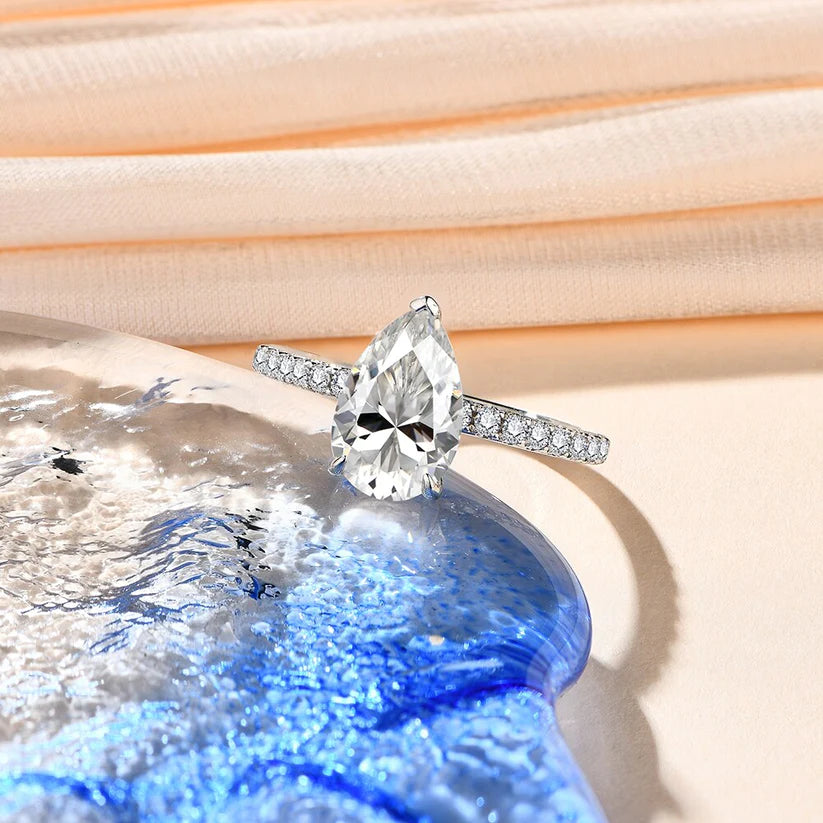
Customer demand for diamond alternatives
Lab diamonds have gained popularity in recent years, driven by their ethical and environmental benefits. As the demand for lab diamonds increases, so does their price. Moissanite, on the other hand, has been available as a diamond alternative for a longer period, and its pricing has adjusted to meet market demand and competition.
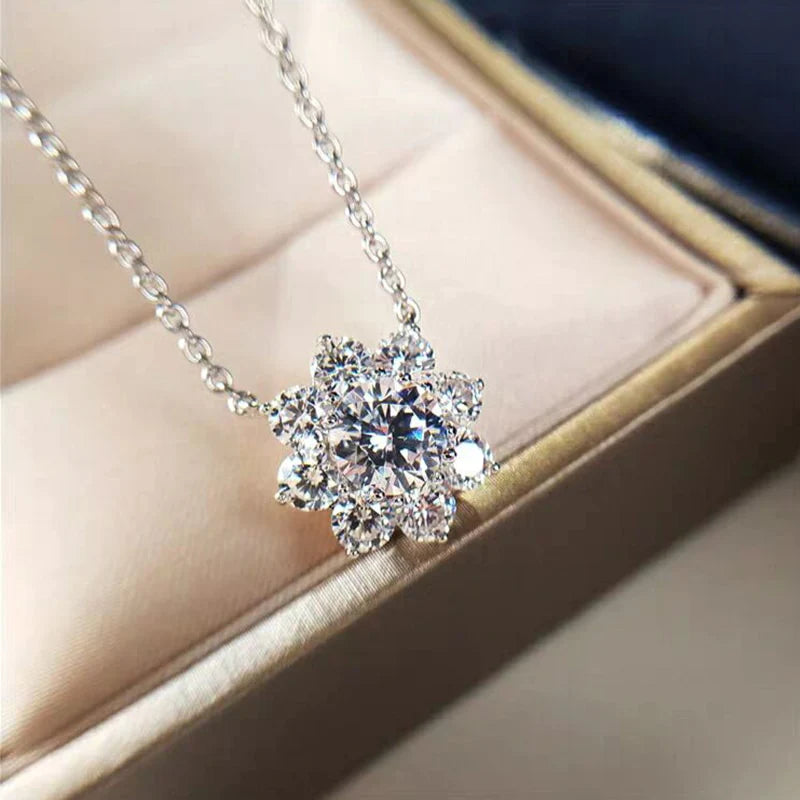
It's all about branding
Established diamond companies and brands often offer lab-grown diamonds as part of their product lineup. These companies invest in branding, marketing and positioning lab diamonds as a premium alternative to mined diamonds. The associated branding and marketing efforts contributes to higher prices for lab diamonds compared to moissanite, which to date has not had the same level of brand recognition or marketing investment.
What is a Lab Diamond? Lab Diamonds vs Moissanite
- Composition: Moissanite is composed of silicon carbide (SiC), while lab diamonds have the same chemical composition as natural diamonds, which is carbon (C).
- Hardness: Moissanite is a very hard gemstone, ranking 9.25 on the Mohs scale of hardness. Lab diamonds, being chemically identical to natural diamonds, have a hardness of 10, making them the hardest substance. Lab diamonds are very slightly more durable and scratch-resistant than moissanite.
- Brilliance and Fire: Both moissanite and lab diamonds are known for their exceptional brilliance and sparkle. However, moissanite has a higher refractive index than diamonds, resulting in greater fire, which refers to the dispersion of light into rainbow colours. Some people prefer the fiery appearance of moissanite, while others appreciate the more subtle brilliance of diamonds.
- Price: Moissanite is generally more affordable than lab diamonds. While the cost of both can vary based on size, cut, and quality, moissanite tends to be significantly less expensive per carat compared to lab diamonds.
- Rarity: Lab diamonds, although created in a laboratory, have the same crystal structure and physical properties as natural diamonds. They are considered rare and valuable. Moissanite is a relatively abundant gemstone and is produced specifically for use as an alternative to diamonds helping to keep the price affordable for customers who want the look of a diamond but don't want to compromise on quality.
- Origin: Lab diamonds are grown in a laboratory through a process that replicates the natural conditions in which diamonds form. Moissanite, on the other hand, occurs naturally in small quantities but is also synthesized in laboratories to meet the demand for gem-quality moissanite as a diamond alternative for jewellery.
Moissanite Jewellery Collections
-
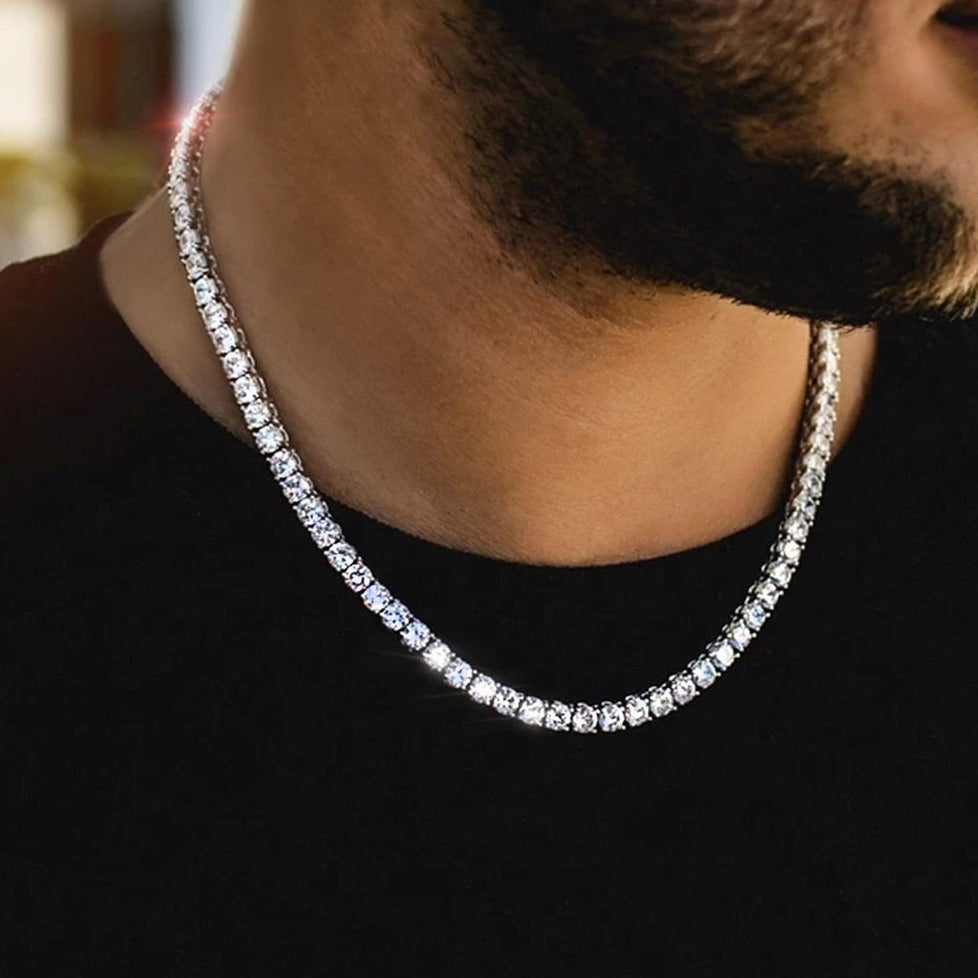
Mens Jewellery
Shop our stunning collection of mens jewellery crafted from high-quality sterling silver, gold...
-
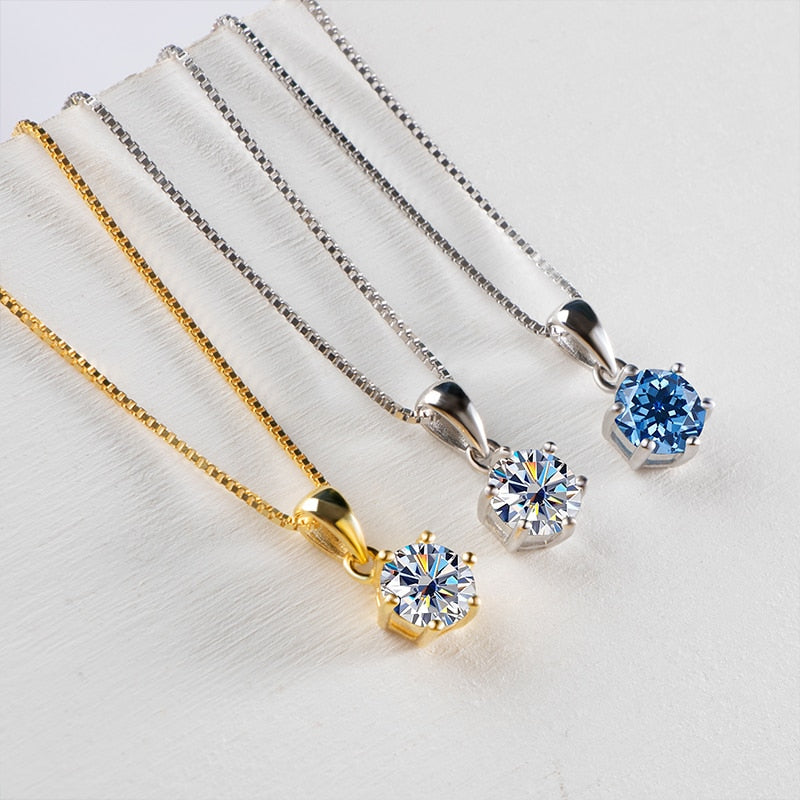
Womens Necklaces
Welcome to our online shop's collection of womens necklaces. We offer a...

